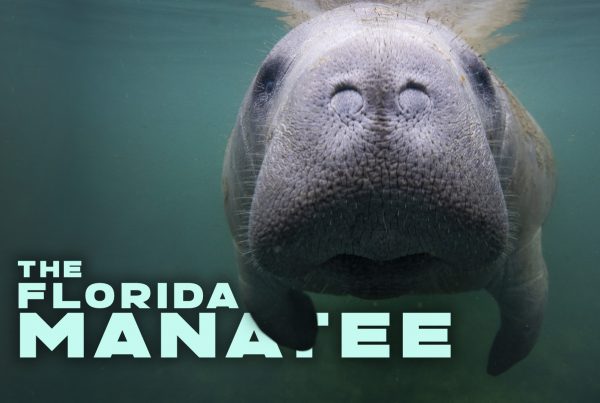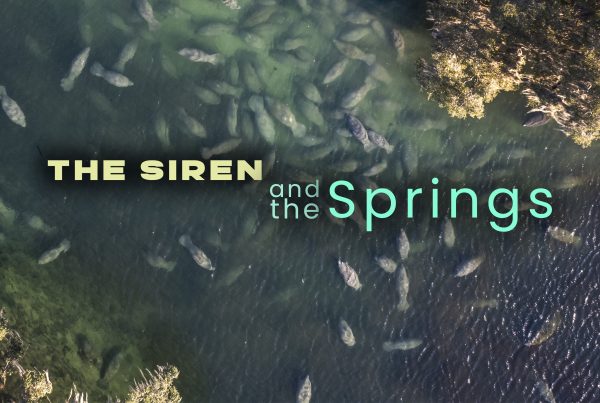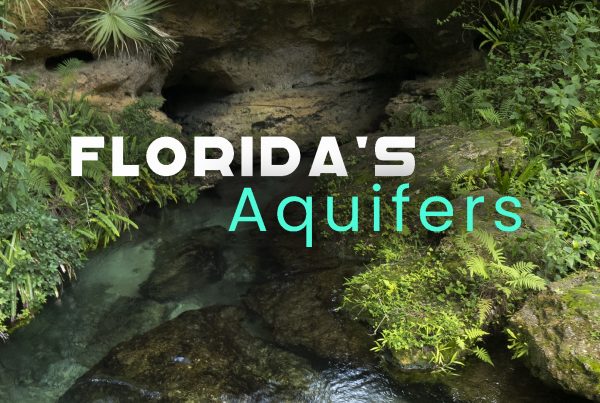The Florida manatee is a conservation success story, with as few as 1,000 remaining in the wild just a few decades ago. Unfortunately, this docile, lovable marine mammal faces new threats.
Learn more about the Florida manatee, and what we can do to conserve this species along with its fragile habitats.




